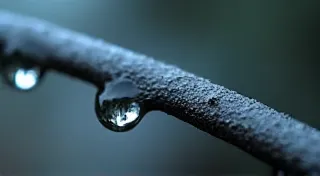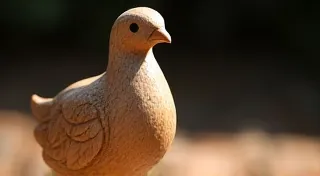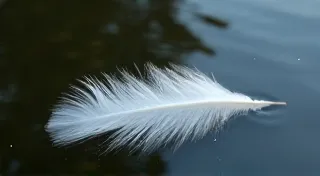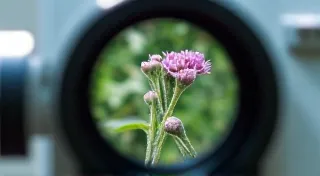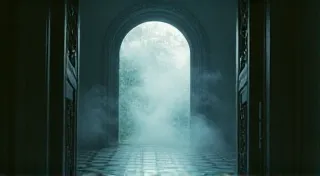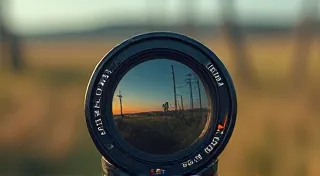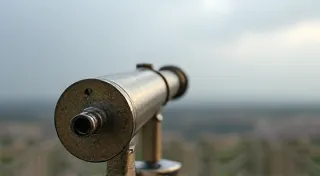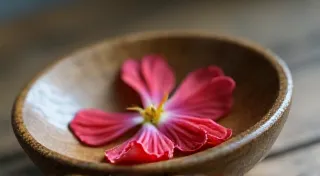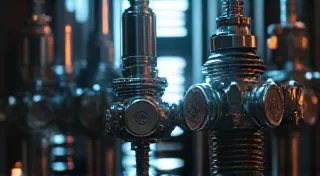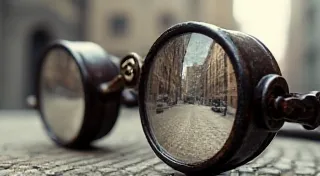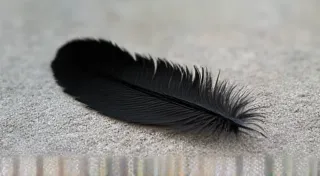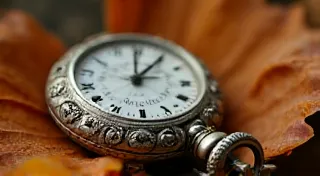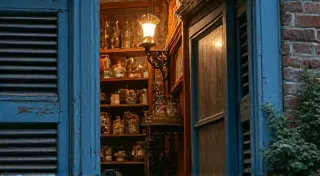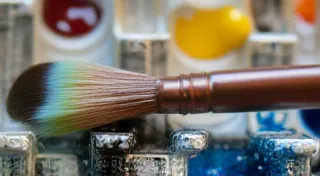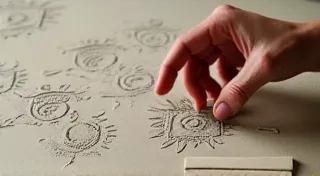The Identification of Antique Taxidermy Specimens: A Collector's Guide
Welcome to the fascinating and increasingly specialized world of antique taxidermy! This comprehensive guide is designed to help you understand, appreciate, and responsibly collect these remarkable pieces of history. From rudimentary preservation techniques to the sophisticated artistry of Victorian mounts, we'll explore the evolution of taxidermy, provide practical advice on identifying taxidermy specimens, delve into the nuances of historical context, and address the ethical considerations inherent in collecting taxidermy and appreciating remarkable animal mounts.
Understanding the Historical Context: A Journey Through the Evolution of Taxidermy
Taxidermy, derived from the Greek words "taxis" (arrangement) and "derma" (skin), is far more than just a method of preserving animal remains. It's a reflection of scientific curiosity, artistic innovation, and shifting cultural values. The history of taxidermy is interwoven with the rise of natural history, the Victorian fascination with exotic species, and the development of increasingly sophisticated preservation techniques.
Early Attempts at Preservation (Pre-18th Century):
Prior to the 18th century, attempts at preserving animal skins were largely rudimentary. Early methods often involved drying, salting, and stretching, which resulted in stiff, distorted forms lacking anatomical accuracy. These were primarily functional – intended for clothing or trade, rather than display or scientific study. The focus was on basic preservation, with little attention paid to aesthetic presentation.
The Dawn of Modern Taxidermy (18th Century):
The 18th century witnessed the emergence of more sophisticated techniques, largely driven by the burgeoning field of natural history. Scientists and collectors began to recognize the value of preserving specimens for study and display. Early pioneers, such as Madame Martinet in France, developed methods for preserving birds that were significantly more life-like than previous attempts. The use of arsenical soap, while effective, posed significant health risks, limiting its wider adoption.
The Victorian Taxidermy Boom (1837-1901):
The Victorian era marked a golden age for taxidermy. Driven by the Victorian obsession with natural history, exotic travel, and collecting animal mounts, taxidermy flourished as both a scientific and artistic pursuit. The rise of museums and private collections fueled demand for expertly preserved specimens. The development of new chemicals, such as potassium dichromate, provided safer alternatives to arsenic, expanding the possibilities for preserving a wider range of species. This period saw the rise of renowned taxidermists, many of whom achieved celebrity status and were commissioned to create elaborate dioramas and displays for museums and wealthy patrons. The emphasis shifted from mere preservation to recreating a sense of life and dynamism in the preserved animal mount. This Victorian sentimentality is further explored in The Gilded Cage: Unmasking Victorian Sentimentality in Antique Animal Mounts. The journey of these pieces through Victorian trade is detailed in The Peddler’s Cabinet: Tracing the Journey of Taxidermy Through Victorian Trade.
The Edwardian Era and Beyond (1901-Present):
The Edwardian era saw a continuation of Victorian trends, with a refinement of techniques and a greater emphasis on realism and artistic presentation. The early 20th century witnessed a decline in the popularity of traditional taxidermy, partly due to changing aesthetic tastes and the rise of photography. However, taxidermy experienced a resurgence in recent years, driven by a renewed appreciation for natural history and a growing interest in preserving biodiversity. Contemporary taxidermy incorporates advanced materials and techniques, often focusing on anatomical accuracy and a naturalistic style.
Collecting Taxidermy: A Guide for Enthusiasts
Collecting taxidermy is a rewarding hobby, offering a unique way to connect with the natural world and appreciate the artistry of skilled taxidermists. Here's a guide to help you embark on your collecting journey:
- Define Your Focus: Will you specialize in birds, mammals, reptiles, or a particular region or era? The stories behind these specimens are often as compelling as their physical form, which you can discover in Mirrors of Memory: The Narrative Power of Antique Taxidermy in Photography.
- Research Taxidermists: Learn about renowned taxidermists and their unique signatures, which can reveal much about their skill and style, as explored in The Taxidermist's Signature: Finding the Imprints of Personality in Antique Mounts.
- Respect for Wildlife: Treat animal mounts with respect and appreciation for the animals they represent, and consider the ethical crossroads of collecting "lost" species as discussed in The Curator's Lament: The Ethical Crossroads of Collecting 'Lost' Species.
The aesthetic inspiration behind these mounts is further explored in The Taxidermist’s Muse: The Role of Artistic Inspiration in Antique Mount Creation. Finding the provenance of antique mounts offers insight into their journey through time, as detailed in The Cartographer of Stillness: Tracing Provenance Through Antique Animal Mounts. The echoes of lost habitats resonate within these pieces, as revealed in Echoes in Glass Eyes: The Spectral Presence of Lost Habitats in Taxidermy. Examining the nuances of regional variations can unlock a deeper understanding of these pieces, detailed in The Whispers of the Wild: Understanding Regional Variations in Antique Taxidermy.
The artistry of early dioramas also showcases a different perspective on preservation, documented in The Clockwork Heart: Analyzing the Mechanical Marvels of Early Dioramas. The ways in which antique taxidermy reflects societal obsessions provides valuable context, as investigated in The Collector's Mirror: How Antique Taxidermy Reflects Societal Obsessions. The subtle art of antique taxidermy techniques are meticulously dissected in Beneath the Ambered Resin: Decoding the Subtle Art of Antique Taxidermy Techniques. The narrative behind antique trophy mounts is unraveled in Shadows of the Hunter: Unraveling the Narrative Behind Antique Trophy Mounts. Examining less known species is a rewarding path for collectors, detailed in The Forgotten Forms: Examining Lesser-Known Species in Antique Taxidermy Collections. The perspective of the animal itself is a poignant consideration, as detailed in Beyond the Glass Eyes: Considering the Animal's Perspective in Antique Taxidermy. The fragile nature of preservation itself is a constant concern, as examined in Ephemeral Beauty: The Fragility of Preservation in Antique Taxidermy Collections. Restoring these pieces is a delicate process, described in The Alchemist’s Repose: Reanimating History Through Antique Taxidermy Restoration.
The emotional resonance captured within the eyes of antique animals is a powerful subject, explored in A Taxonomy of Longing: Identifying the Emotional Resonance of Antique Animal Eyes. The blurring lines between art and science in taxidermy highlight a unique perspective, covered in Dust and Dichotomies: Examining the Blurring Lines Between Art and Science in Taxidermy.
Disclaimer: Handling antique taxidermy specimens may involve risks due to potential exposure to harmful chemicals or pathogens. Always consult with a qualified professional before handling or restoring antique taxidermy specimens.
